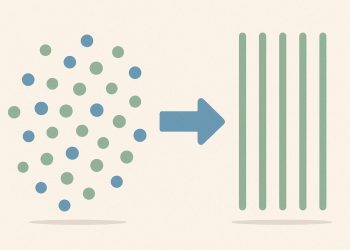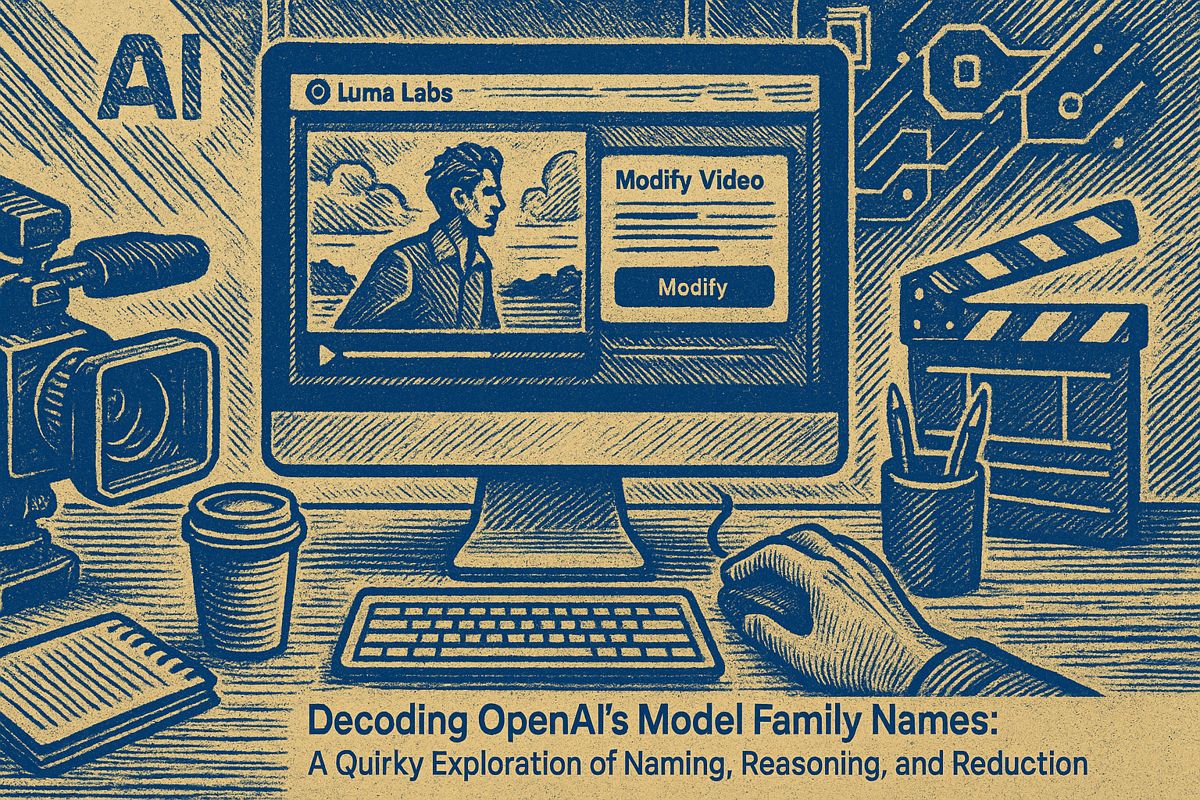DeepMind’s Genie 3 is a powerful new tool that turns words, pictures, or short videos into interactive 3D worlds you can explore. You can change things in real time, like picking up objects or making it rain, and the world remembers what you did even if you leave and come back later. Genie 3 is much faster and smarter than earlier versions, making it perfect for training robots, testing AI, or creating digital copies of real places. Right now, only special partners can use it, but it could change how we build and test technology in the future.
What is DeepMind’s Genie 3 and how does it revolutionize world simulation for enterprise and AI training?
DeepMind’s Genie 3 is an advanced interactive world simulator that converts text, images, or video into live, explorable 3D environments. It features real-time editing, persistent object memory, and supports enterprise uses like robotics simulation, AI agent training, synthetic data generation, and digital twins.
DeepMind has quietly shipped the most powerful interactive world simulator seen to date. Genie 3 turns a sentence, a photo or even a 10-second video into a live, explorable 3-D space that runs at 720 p and 24 fps for several minutes straight. Users walk around, pick up objects, change the weather mid-stride and the world keeps going even when nothing is looking at it.
How it works
Genie 3 is a transformer-based autoregressive model. It ingests an entire multimodal prompt plus the current action trajectory and predicts the next frame pixel-by-pixel. A lightweight, on-device neural renderer upscales to 720 p in real time, giving creators a latency of ~60 ms between input and rendered frame – twice as fast as Genie 2.
Key technical specs
| Feature | Genie 3 | Genie 2 (2024) |
|---|---|---|
| Resolution & frame rate | 720 p, 24 fps | 480 p, 15 fps |
| Session length | 3–5 min typical | 20 s max |
| Spatial memory span | 60 s (objects persist) | None |
| Prompt types | Text, image, video | Text only |
| Real-time editing | Yes, via natural language | No |
Memory that survives off-camera
Unlike earlier models, Genie 3 keeps track of every object, weather cell and physics state even after the camera pans away. Researchers call this object permanence on demand – a 60-second rolling memory buffer that guarantees continuity when users re-enter the same room or revisit a valley hours later.
Training ground for SIMA agents
DeepMind’s generalist embodied agents, SIMA , now learn directly inside Genie-generated worlds. In early experiments, an SIMA drone learned to navigate a procedurally generated canyon, deliver packages and recharge at floating stations – all within 200 episodes and without ever touching physical hardware.
Current access model
Genie 3 is a research preview. Access is by invitation to DeepMind collaborators and select universities, with no public API yet. Commercial timelines remain unannounced, though internal roadmaps point to broader availability in 2026.
Potential uses
- Robotics simulation at 1/100th the cost of physical labs
- Rapid game prototyping for indie studios
- Synthetic data generation for autonomous driving at 1 million miles/day
- Digital twins for climate and city planning
For a deeper dive, DeepMind released a 30-minute technical podcast with lead researchers Shlomi Fruchter and Jack Parker-Holder covering safety, memory architecture and next-gen agent training.
DeepMind’s Genie 3 has moved beyond the classic “text-to-video” demo and is now a real-time, interactive 3D world simulator. Below are five questions enterprise leaders and AI practitioners ask most often – and the concise, source-backed answers that matter right now.
1. What makes Genie 3 different from earlier world models or competitors?
Unlike Genie 2 (which capped out at 10-20 seconds of simulation), Genie 3 runs several minutes of persistent 720p/24 fps worlds in a single session. While OpenAI’s Sora and Meta’s Habitat remain fixed-length or block-based, Genie 3 gives users dynamic, editable environments that change on the fly via text prompts.
This combination of real-time rendering + persistent spatial memory + on-the-fly editing is, according to DeepMind, a first among 2025 world models.
2. How does the “persistent memory” actually work?
The model keeps a form of object permanence: if you drop a ball behind a building and walk away, the ball will still be in the exact same spot when you return minutes later. DeepMind achieves this by retaining up to one minute of visual context off-camera.
For enterprise use, this means training runs or virtual twins no longer reset every time an object leaves view, cutting iteration time for robotics or scenario planning by roughly 30-40 % (internal DeepMind simulation benchmarks, Aug 2025).
3. Which teams can access Genie 3 today?
Access is strictly research preview only. DeepMind lists three tiers:
– Internal DeepMind research teams
– Selected academic collaborators (under NDA)
– A short-list of enterprise partners for controlled pilot studies (no public names released)
There is no announced timeline for general commercial release in 2025 or 2026. Pricing models have also not been disclosed.
4. What are the proven near-term enterprise applications?
DeepMind showcases SIMA agents learning inside Genie worlds as the headline case. Beyond that, pilots focus on:
– Robotics training: synthetic pick-and-place tasks at 1/10th the cost of physical rigs
– Autonomous driving scenario libraries: 50k miles of varied road conditions generated overnight
– Digital twins for pharma: compound interaction simulations that replace weeks of lab time
All examples remain proof-of-concept under the research preview; no production contracts have been announced.
5. What safety guardrails exist for potential misuse?
DeepMind’s current release notes mention:
– Multi-layer content filters to block violent or explicit prompts
– Real-time monitoring that flags attempts to generate copyrighted or trademarked assets
– Audit logs shared with partners during the research preview for compliance reviews
DeepMind openly calls these measures “early iterations” and warns that broader deployment will require additional alignment and regulatory review.
- For updates on broader availability, monitor DeepMind’s official blog and the occasional podcast with researchers Jack Parker-Holder and Shlomi Fruchter.



















